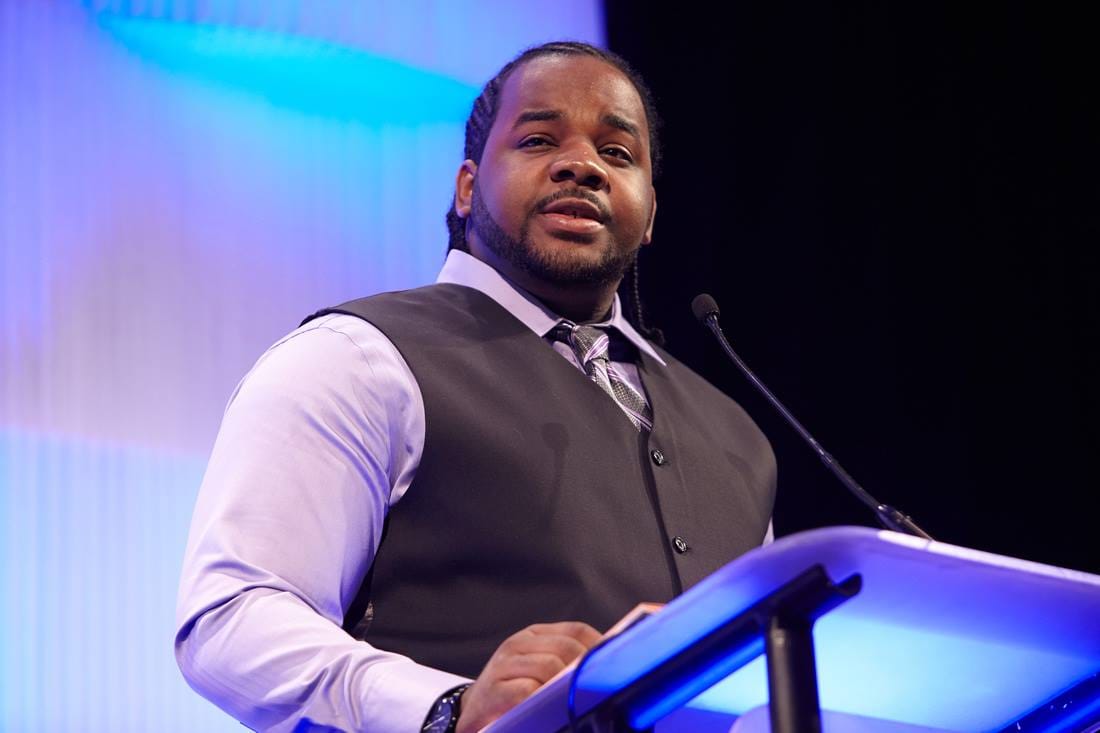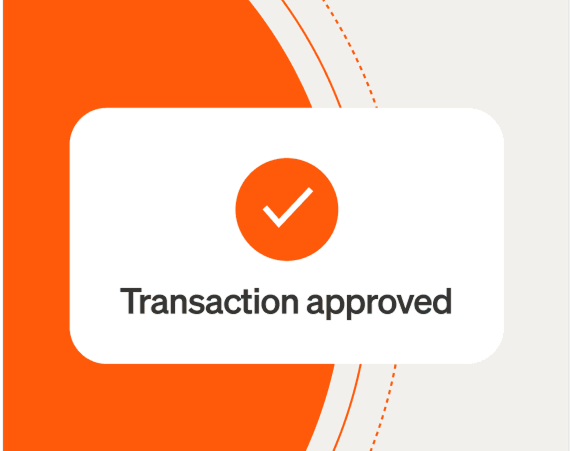There's a tension at the heart of benefit delivery that most systems get wrong. On one side: the need to protect public resources from bad actors who would steal from programs meant to help communities. On the other: the imperative to make support accessible to everyone who legitimately needs it, without creating barriers that exclude real people.
Most systems resolve this tension by choosing one side. They either make verification so stringent that legitimate applicants get excluded, or they make access so open that fraud becomes rampant and undermines program integrity. Either way, communities lose. Either because they can't get help they need, or because the programs they depend on lose funding and public trust.
I refuse to accept this false choice.
At Unify, we've built fraud prevention infrastructure that protects programs without punishing people. That stops bad actors at the door while legitimate applicants move through in seconds. That uses cutting-edge technology alongside human judgment to distinguish between someone who needs help and someone trying to steal it.
What We're Protecting Against
Let me be clear about what we're facing. Fraud has evolved far beyond someone using a fake ID or lying about income. We're in an era where artificial intelligence can generate documents that look perfect. Where sophisticated fraud rings coordinate across multiple states to exploit programs systematically. Where synthetic identities—complete fabrications that pass traditional verification—are becoming commonplace.
I've seen applications with driver's licenses that look flawless to the human eye but are completely AI-generated. Bank statements that seem legitimate but represent accounts that don't exist. Identity theft so sophisticated that even the person whose identity was stolen doesn't know yet.
These attacks are happening now, at scale, targeting every benefit program with resources worth stealing. And they're getting more sophisticated every month.
The old playbook—manual document review, basic database checks, trusting that something that looks right probably is right—doesn't work anymore. You need infrastructure as sophisticated as the threats you're facing. You need technology that can analyze hundreds of risk signals in seconds. And critically, you need humans in the loop who understand both the technology and the communities you're serving.
The Technology Layer: Fast and Thorough
Our fraud prevention infrastructure operates at the intersection of speed and security. When someone applies for benefits through Unify, our systems analyze hundreds of data points in real time, with the ability to complete verification in as little as 10 seconds.
We partner with industry-leading verification providers to access real-time insights, behavioral data, and predictive scoring across networks of over 100 million users. This gives us visibility into patterns that no single program could detect on its own.
Here's what that means in practice:
Identity Verification: We confirm identity information against regulated data sources instantly. Check that documents are authentic, not fabricated or manipulated. Verify that the person submitting the application is actually present, not a bot or someone using stolen photos. Support verification for over 16,000 document types across 200 countries and territories, because communities shouldn't face barriers just because their documentation looks different.
Behavioral Analytics: We monitor how users enter information. Fraudsters and bots behave differently than real people. They fill forms too quickly or too consistently. They use copy-paste where humans type. They make mistakes that real people wouldn't make and skip mistakes that real people always make. Our systems catch these patterns without the applicant even knowing they're being analyzed.
Network Signals: We check email and phone numbers against breach databases and fraud registries. Detect if someone is using a VPN to hide their location, or if their IP address doesn't match where they claim to live. Flag if the same device has been used for multiple applications across different programs. Identify patterns consistent with fraud rings coordinating attacks.
Document Authentication: We verify that government IDs, utility bills, pay stubs, and other documentation are genuine. Check for signs of manipulation, forgery, or AI generation. Support identity verification for unbanked and thin-file consumers who don't have traditional documentation but are still legitimate applicants.
All of this happens automatically, in seconds, while the applicant is completing their application. They don't wait days for verification. They don't submit documents and wonder if they'll be approved. In most cases, they're verified before they finish the form.
We consistently achieve pass rates of 90% or greater. That means the vast majority of legitimate applicants move through smoothly while suspicious applications get flagged for deeper review.
The Human Layer: Judgment That Technology Can't Replace
But here's what separates our approach from pure automation: we pair all of this technology with internal teams who bring human judgment to complex cases.
Some situations require nuance that algorithms can't provide. Someone whose documentation looks unusual because of the conditions of the document, not because they're fraudulent. An elderly applicant whose behavioral patterns trigger flags because they're unfamiliar with digital forms, not because they're a bot. A family experiencing houselessness whose address information doesn't verify cleanly because their situation is chaotic, not because they're lying.
This human-in-the-loop approach is crucial. Technology catches the obvious fraud and moves legitimate applicants through quickly. Human analysts review each application and handle the edge cases with the judgment that ensures we're protecting programs without excluding real people who need help.
We've reviewed nearly 500,000 applications. We've caught fraud attempts ranging from crude to incredibly sophisticated. And we've ensured that legitimate applicants who might have been excluded by automated systems alone got the support they needed.
What This Enables: Trust at Scale
This infrastructure enables something that used to feel impossible: programs can be both fast and secure. Accessible and protected. Open to everyone who legitimately needs help while closed to those who would exploit that openness.
When someone applies through Unify, identity verification can happen in as little as 10 seconds. They're not waiting days for background checks. They're not submitting documents and wondering if they're good enough. They're not facing barriers that exclude them because their situation doesn't fit neat categories.
The vast majority of legitimate applicants never even know fraud prevention is happening. It's invisible infrastructure that protects programs without creating friction for people who need help.
But when someone tries to defraud the system—when they submit AI-generated documents, use stolen identities, coordinate with fraud rings, or exploit programs they're not eligible for—our systems catch them. Sometimes automatically, sometimes with human review, but consistently and effectively.
This protection matters because fraud undermines everything we're trying to build. Every dollar stolen by fraudsters is a dollar that can't support a family in actual need. Every fraud case that makes headlines gives ammunition to those who want to restrict access or cut funding. Every successful scam erodes public trust in programs that communities depend on.
We've moved nearly $300 million through our systems. The fact that this support reached legitimate recipients rather than being siphoned off by bad actors isn't an accident. It's the result of infrastructure designed from the beginning to protect without excluding.
The Justice Dimension: Whose Trust Are We Protecting?
I think often about who benefits from strong fraud prevention, and it's not who people assume.
The obvious answer is program administrators and funders, who need to demonstrate that public resources are being used appropriately. That's true, but it's not the whole story.
Strong fraud prevention primarily protects the communities programs are meant to serve. It protects them from having resources stolen by bad actors. It protects them from programs being cut because fraud became unsustainable. It protects them from being viewed with suspicion because fraudsters exploited programs meant to help them.
When we prevent fraud effectively, we're not just protecting dollars. We're protecting the legitimacy and sustainability of the safety net itself. We're preserving trust in public support systems that communities need to survive.
There's also a justice dimension to how fraud prevention is implemented. Traditional approaches often create barriers that disproportionately exclude legitimate applicants from marginalized communities. Immigrant families with non-traditional documentation. People experiencing homelessness without stable addresses. Elderly applicants uncomfortable with digital systems. Individuals with thin credit files who can't be verified through conventional databases.
These are exactly the populations most likely to need support and most likely to be excluded by overly restrictive verification systems. Our approach is designed to verify effectively while maintaining accessibility for communities that traditional systems systematically exclude.
This is what I mean by protection without barriers. We're not just preventing fraud. We're doing it in a way that doesn't recreate the exclusion that benefit programs are meant to address.
The Arms Race: Staying Ahead
I won't pretend fraud prevention is a problem we solve once and move on from. It's an ongoing arms race. As we get better at detecting fraud, fraudsters get more sophisticated. As technology improves verification, bad actors use that same technology to create better fakes.
We're in an era where AI can generate documentation that looks perfect, sounds legitimate, and passes traditional verification. Where fraud rings share techniques across dark web forums. Where the same actors who steal from one program quickly adapt to exploit others.
Our fraud analysis engine adapts instantly to real-time inputs and feedback. When we detect a new fraud pattern in one program, we can protect all programs on our platform immediately. When fraudsters shift tactics, our systems learn and adjust. When new types of synthetic identity emerge, we update our detection capabilities.
This is infrastructure that has to evolve as fast as the threats it's protecting against. We're committed to that evolution because the communities we serve depend on programs remaining sustainable and trustworthy.
What We're Building Toward
As Unify expands to power programs across more states and serve more communities, our fraud prevention infrastructure scales with us. Every new program adds to our network intelligence. Every fraud attempt we stop teaches our systems to detect the next one. Every legitimate applicant we verify contributes to patterns that help us distinguish real need from sophisticated exploitation.
We're building toward a world where programs can be truly accessible without being vulnerable. Where verification is instant but thorough. Where bad actors get stopped before they steal resources, and legitimate applicants never face unnecessary barriers.
This vision requires continued investment in both technology and human expertise. It requires partnerships with other organizations fighting the same threats. It requires transparency with funders and program administrators about what we're protecting against and how we're protecting it, while maintaining operational security about specific techniques.
But most fundamentally, it requires commitment to the principle that protection and accessibility aren't opposing values. That we can build systems secure enough to preserve trust while remaining open enough to serve everyone who legitimately needs help.
The Promise of Protection
I started by describing a tension that most systems get wrong: protection versus access, security versus speed, stopping fraud versus serving communities.
Unify resolves that tension not by choosing one side, but by building infrastructure sophisticated enough to achieve both. We stop bad actors while legitimate applicants move through in seconds. We protect public resources while ensuring they reach the people they're meant to serve. We maintain program integrity while breaking down barriers that traditionally excluded marginalized communities.
This is infrastructure designed for the moment we're in: where threats are sophisticated and constantly evolving, where communities depend on programs remaining sustainable, and where accessibility can't be sacrificed to security.
Real people get help faster. Bad actors get stopped at the door. Programs remain trustworthy and sustainable. Communities get the support they need without being viewed with suspicion.
That's not a tradeoff. It's just good infrastructure. Infrastructure that protects what matters most: the integrity of the safety net and the communities that depend on it.
Your commitment is to people. Ours is to building the systems that help you reach them. Let's get started together







